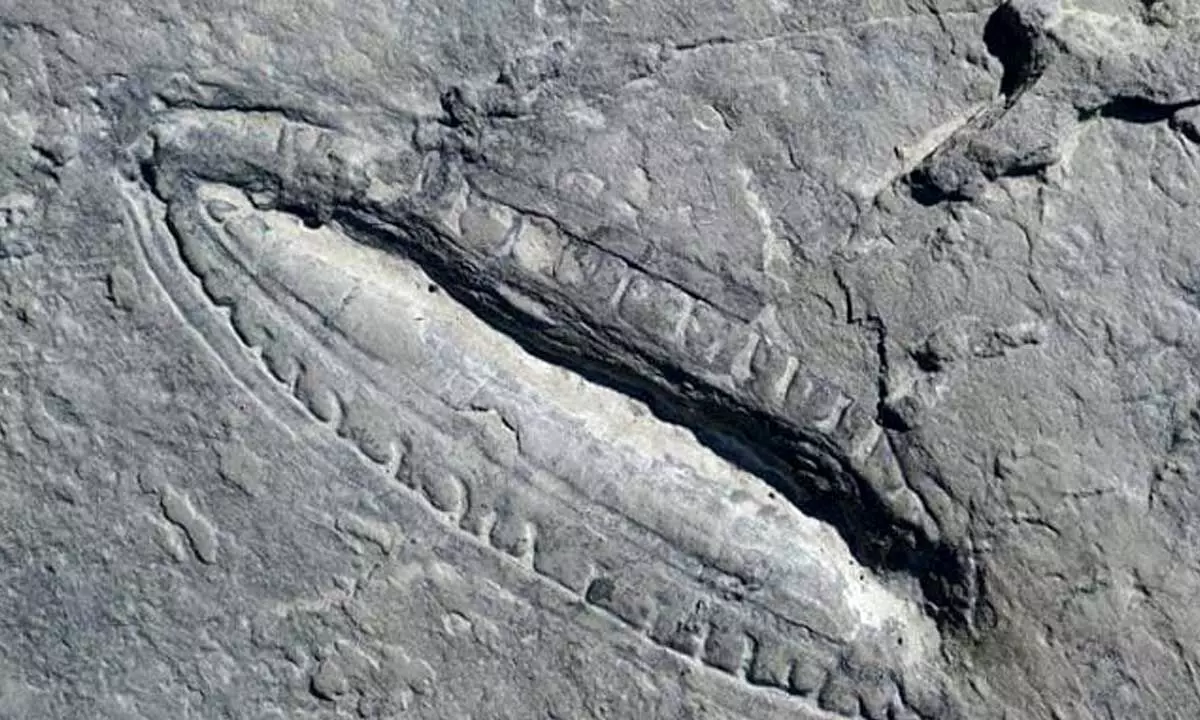Scientists Found Clues About The Psychology Of Earliest Animal Ancestors

This discovery sheds light on how our earliest animal ancestors operated. (Photo/ndtv)
- This discovery sheds light on how our earliest animal ancestors operated.
- The 575 million-year-old Ediacara biota is the oldest large organism known to science.
According to Australian National University(ANU), researchers have found fossils of some of the earliest known animals, dating back 575 million years. This discovery sheds light on how our earliest animal ancestors operated.
ANU researchers analysed Ediacaran period fossils that had been recovered from Russia and found new information on the physiology of the earliest animals.
The 575 million-year-old Ediacara biota is the oldest large organism known to science. As per ANU researchers, the animals consumed bacteria and algae that came from the ocean floor.
The research, which was published in the journal Current Biology, sheds more light on these peculiar beings, including how they were able to eat and digest food.The researchers examined prehistoric relics that included intact phytosterol molecules—natural chemical compounds found in plants—from the animals' final meal.
The scientists were able to establish the Kimberella organism, which resembled a slug and had a mouth and gut, had a digestive system similar to that of modern animals by examining the molecular remains of the food the animals consumed. It was probably one of the most developed Ediacaran creatures.
The ANU team discovered another species that was less complex, had no eyes, mouth, or gut, and could grow up to 1.4 metres in length with a rib-like pattern imprinted on its body. Instead, as it moved across the ocean floor, the strange animal, known as a Dickinsonia, absorbed food via its body.
Algae are abundant in nutrients and energy, and they may have played a significant role in Kimberella's growth, according to study co-author Professor Jochen Brocks of the ANU Research School of Earth Sciences. Brocks stated that the Ediacara biota's great size may be explained by the food's high energy content. Before the Ediacara biota, almost all fossils were minute single-celled organisms.
The ANU scientists were able to collect and analyse the sterol molecules present in the prehistoric tissue using cutting-edge chemical analytical techniques. The chemicals had distinctive characteristics that allowed the researchers to determine what the animals had consumed before they died.
Differentiating between the fat molecules of the creatures themselves, the bacterial and algal remnants in their guts, and the decomposing algal molecules from the ocean floor that were all preserved together in the fossils, according to Professor Brocks, was the challenging part.

